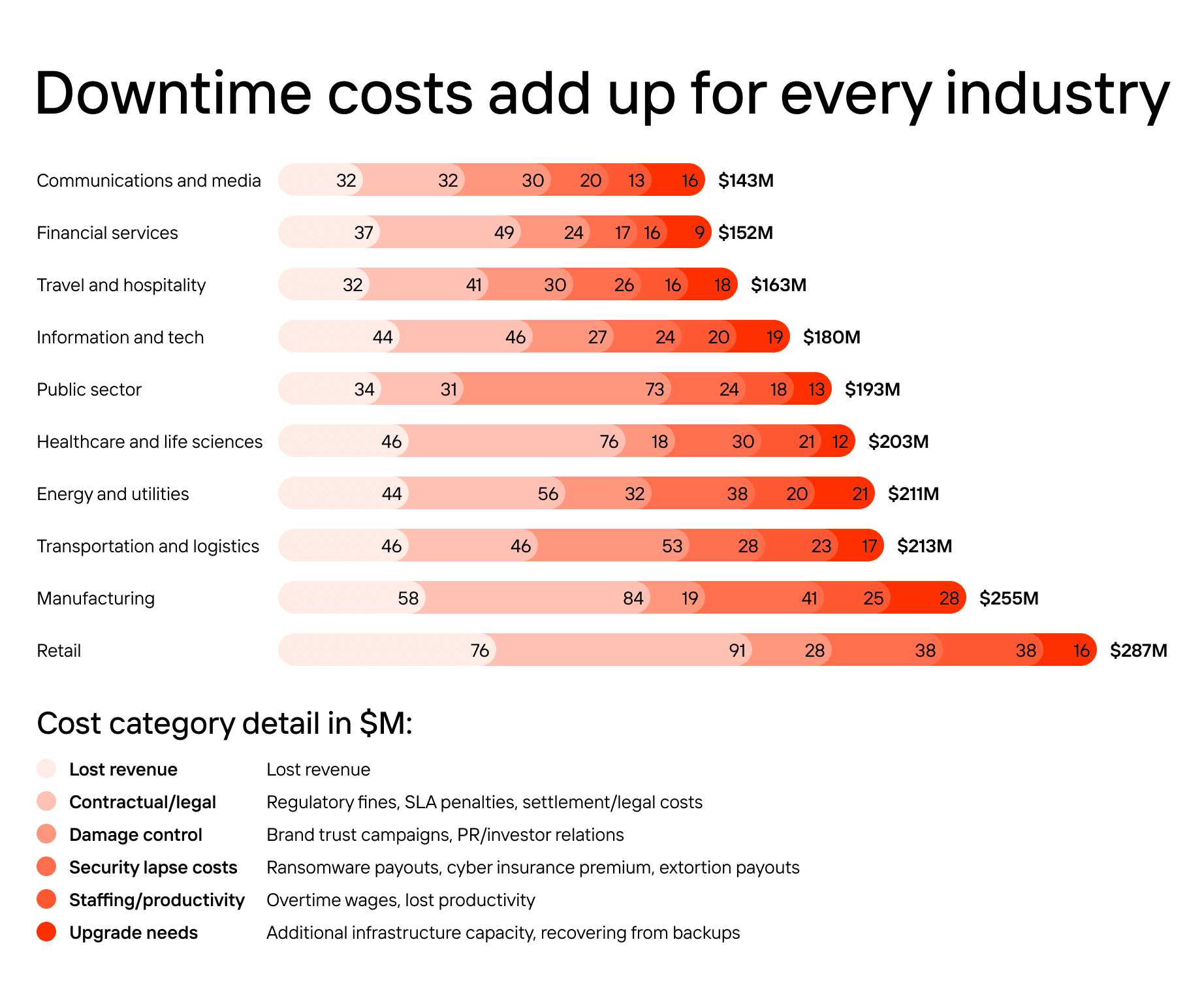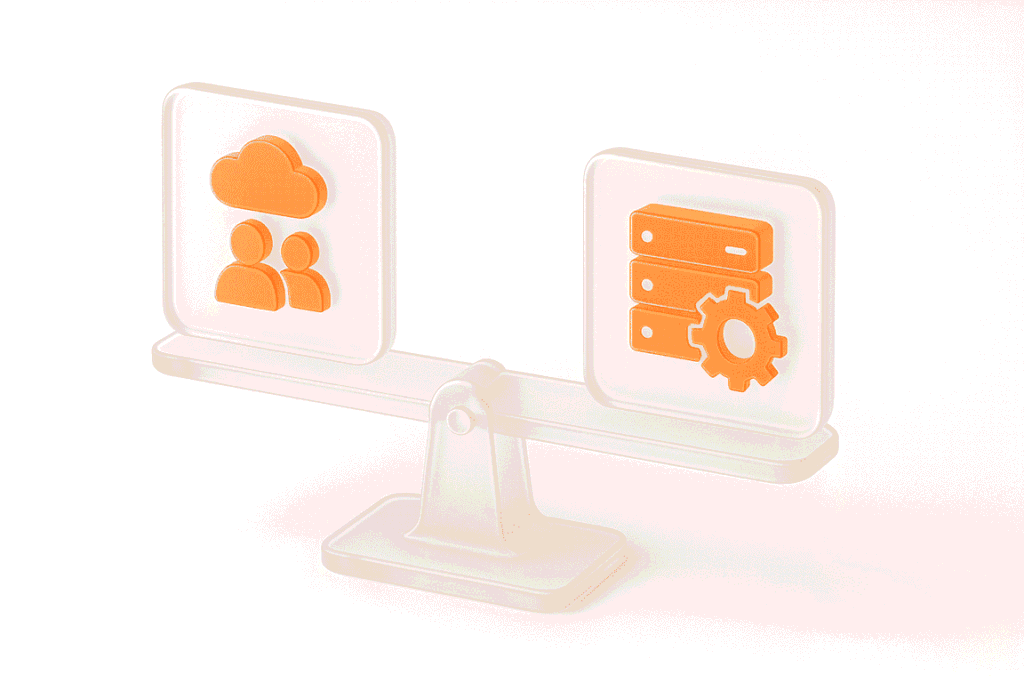Why Performance Testing is Crucial for Your Business
In today’s digital-first world, where software applications are the backbone of many businesses, performance testing is not just an option—it’s a necessity. Ensuring that your application can handle real-world conditions is key to maintaining customer trust, safeguarding your reputation, and protecting your bottom line. Performance testing allows you to identify and address performance issues before they impact your users, ensuring that your software performs reliably and efficiently under various conditions.
The Cost of Failure: Real-World Examples from Industry Leaders
Even the most well-known companies have faced devastating consequences due to weak performance. For example, Amazon, the world’s largest e-commerce platform, once reported that a mere one-second delay in page load time could cost them $1.6 billion in sales annually. Similarly, in 2018, Epic Games’ Fortnite experienced significant outages due to unexpected traffic surges, causing frustration among millions of users and resulting in lost revenue and negative press. These incidents highlight the critical importance of load testing in preventing such costly failures.
Another notable example is British Airways, which 2017 suffered a catastrophic IT failure that grounded flights globally, costing the company over $100 million. This incident could have been avoided if BA had taken the step to conduct performance and spike testing, which would have identified the system weaknesses before they led to such widespread disruption.
These real-world examples underscore the severe financial and reputational risks that businesses face when they neglect performance testing.
Protecting Your Revenue Stream: How Performance Testing Saves Money
Performance testing plays a vital role in protecting your revenue stream. A poorly performing application can lead to lost sales, abandoned shopping carts, and dissatisfied customers. In e-commerce, where every second counts, slow load times can result in significant revenue losses. For example, Walmart found that improving their page load time by one second increased conversions by 2%.
By investing in performance testing, you ensure that your application is fast, reliable, and capable of handling peak traffic, thereby preventing revenue loss and maximizing profitability.
Moreover, performance testing helps you avoid the high costs associated with post-release fixes. Identifying and addressing performance issues early in the software development process reduces the need for costly emergency fixes and minimizes the risk of losing customers due to subpar performance.
Enhancing Customer Satisfaction: The Key to Retention and Loyalty
In today’s competitive market, customer satisfaction is paramount. Users expect fast, seamless experiences, and anything less can drive them to your competitors. Performance testing ensures that your application meets these expectations by delivering quick response times and reliable service, even during peak usage periods. A smooth user experience is crucial for maintaining customer satisfaction, which in turn drives customer retention and loyalty.
Consider Netflix, a company that has built its success on delivering a flawless streaming experience. With millions of concurrent users accessing content, Netflix cannot afford any downtime or slowdowns. Through continuously conducting performance testing, Netflix ensures that its platform remains fast, reliable, and capable of handling massive traffic loads. This commitment to performance has been instrumental in building and maintaining a loyal subscriber base.
Competitive Advantage: Why Performance is a Key Differentiator
In a crowded market, performance can be a crucial differentiator. Companies that invest in performance testing gain a competitive edge by delivering faster, more reliable applications than their rivals. For example, Google’s search engine is renowned for its speed, which is a direct result of rigorous performance testing. This speed has helped Google maintain its dominance in the search engine market, as users prefer a service that delivers quick and accurate results.
Similarly, Facebook’s commitment to performance testing has enabled it to scale rapidly while maintaining a smooth user experience, even as its user base has grown to billions. By ensuring that their platforms perform optimally, these companies have positioned themselves as leaders in their respective industries.
Investing in software testing allows your business to stay ahead of competitors who may struggle with issues that slow down their growth and drive customers away.
Avoiding Downtime: The Hidden Cost of Poor Performance
Downtime is one of the most damaging things a business can experience financially and reputationally. When your application goes down, it disrupts your operations, frustrates your customers, and can result in significant financial losses.
In 2017, the British Airways IT failure mentioned earlier grounded flights worldwide, causing chaos for passengers and costing the airline over $100 million. This incident highlights the potential consequences of inadequate performance tests and the importance of ensuring your systems can handle unexpected events.
Stress tests help prevent such downtime by identifying weaknesses in your system before they lead to failure. By stress-testing your application under various conditions, you can ensure that it remains operational even under extreme loads.
Maximizing ROI: The Financial Performance Testing Benefits
Investing in performance testing early in the software development process can significantly boost your return on investment (ROI). By identifying and addressing performance bottlenecks during development, you avoid the high costs associated with post-release fixes and reduce the risk of launching a product that fails to meet user expectations. This proactive approach not only saves money but also accelerates time-to-market, allowing your business to capitalize on opportunities faster.
For instance, Microsoft’s Azure cloud platform has benefited greatly from early reliability tests. By conducting rigorous stress tests throughout the development process, Microsoft has been able to identify and resolve bottlenecks before they impact users. This has not only reduced costs but also ensured that Azure delivers the high level of performance that customers expect, thereby increasing customer satisfaction and loyalty.
Building a Resilient System: The Role of Performance Testing in Scalability
As your business grows, so too will the demands on your system. Without proper scalability testing, you risk system failures at critical moments, such as during product launches, promotional events, or sudden traffic spikes. Companies like Spotify have successfully scaled their platforms by integrating performance tests into their growth strategy, allowing them to handle millions of concurrent users without a hitch.
Scalability testing is an essential component of performance testing that ensures your application can handle increased traffic and user load without compromising system performance. By implementing continuous load testing and simulating real-world usage scenarios with virtual users, you can assess how your application performs under different load conditions and identify potential bottlenecks before they become a problem. This proactive approach helps you build a more resilient system that can scale with your business as your customer base grows.
Reducing Customer Churn: The Impact of a Reliable Performance Test
Customer churn is a significant challenge for many businesses, and weak performance is one of the leading causes of customer attrition. If your application is slow or unreliable, users are likely to leave and seek out alternatives, which can be costly in terms of lost revenue and the expense of acquiring new customers. Performance testing helps you reduce churn by ensuring that your application consistently delivers a high-quality experience, even under stress.
For example, PayPal, a leading online payment platform, has invested heavily in performance testing to ensure that its service remains reliable and secure, even during peak transaction periods. By doing so, PayPal has minimized customer churn and maintained high trust among its users. This example illustrates how performance tests can be crucial in retaining customers and reducing the costs associated with churn.
Protecting Your Brand’s Reputation: The Invisible Cost of Unsatisfactory Performance
A single instance of below-average performance can have a lasting impact on your brand’s reputation. In the digital age, word spreads quickly, and negative reviews or social media backlash can cause long-term damage to your brand.
Load tests help you protect your brand by ensuring that your application consistently delivers a high-quality experience to your users.
Consider how social media platforms like Twitter and Facebook have dealt with performance issues in the past. When these platforms experience downtime or slow performance, users quickly take to social media to voice their frustrations.
By monitoring performance metrics regularly, you can minimize the risk of such incidents, protecting your brand’s reputation and maintaining user trust.
Compliance and Performance: Meeting Industry Standards with Performance Tests
In some industries, compliance with performance standards is not just recommended—it’s mandatory.
For example, in the financial sector, companies must adhere to stringent regulations that require them to ensure both the performance and security of their applications. Banking institutions, in particular, face unique challenges when testing complex transaction processing systems that handle retail transactions, personal accounts, and payments—as demonstrated in how we tested banking system performance (case study).
Regular performance tests are crucial in maintaining these standards and avoiding the hefty fines and legal consequences of non-compliance.
By establishing a robust performance testing environment, businesses can effectively meet these regulatory requirements and ensure their systems are consistently reliable and secure.
The Strategic Value of Performance Testing: A Long-Term Investment
Think of performance testing as a strategic investment in your business’s future. While there are upfront costs associated with software testing, these are far outweighed by the potential savings from avoiding downtime, lost sales, and damage to your brand’s reputation.
Companies like Amazon and PayPal have seen the long-term benefits of investing in performance testing, which has allowed them to provide reliable services that users trust.
By making performance testing a priority, you not only protect your current operations but also position your company for long-term success. A well-tested application is more likely to perform reliably over time, even as your business grows and market conditions change. This reliability is a key factor in building and maintaining customer trust, essential for sustained business success.
The Role of Virtual Users in Performance Testing Tools: Real-World Simulation
Simulating real-world usage with virtual users is a key aspect of performance testing. This approach helps businesses assess how their applications will perform under various load conditions, ensuring scalability and reliability. For example, Alibaba, one of the world’s largest e-commerce platforms, performs extensive load tests with virtual users before their annual Singles’ Day sale to ensure their systems can handle the massive surge in traffic. This rigorous performance testing process has helped Alibaba avoid the types of performance issues that could lead to lost sales and damage to its reputation.
Utilizing virtual users also provides valuable insights into performance metrics, such as response times and system behavior under stress. This allows you to identify and address potential performance bottlenecks before they impact your users, ensuring a smooth and reliable experience for your customers.
Actionable Steps to Improve Your Application’s Performance
Improving your application’s performance doesn’t have to be a daunting task.
Start by conducting a thorough performance test to identify bottlenecks. Using tools like PFLB, JMeter or K6 for load testing can help you accurately simulate real-world conditions and uncover potential issues.
Then, optimize your codebase, database queries, and server configurations based on the test results. Regularly monitor system performance and user feedback to ensure ongoing optimization.
Implement scalability and endurance testing to prepare for future growth, and consider working with a trusted partner to conduct these tests effectively.
Why Choose PFLB for Your Performance Testing Needs?
At PFLB, a specialized performance testing company headquartered in Delaware with delivery centers across the US and Europe, we understand the critical role that load testing plays in your business’s success.
Since 2008, we have been providing professional services to enterprises of all sizes.
Our expertise spans multiple sectors, including banking, utilities, e-learning, oil & gas, and software. This broad experience allows us to tailor our performance testing solutions to the unique needs of each industry, ensuring that your applications meet the specific demands of your business.
In addition to our services, we offer an innovative AI-powered load testing platform. This cutting-edge tool is designed to help you simulate real-world conditions, identify potential performance bottlenecks, and optimize your application performance.
Our team of over 150 dedicated performance engineers is ready to assist you in tackling any performance issues.
Real-World Success Stories: How PFLB Helped Businesses Thrive
Our clients have achieved remarkable outcomes through our performance testing services. For instance, a leading oil and gas innovator turned to PFLB to enhance their real-time drilling data systems. By choosing to conduct performance testing, we helped them streamline their operations, resulting in improved data accuracy and system reliability.
Similarly, an e-learning services provider partnered with us to address performance challenges they faced during peak usage times.
Conclusion: Why Performance Testing is a Must for Your Business
In conclusion, performance testing is an essential practice for any business that relies on software applications to deliver its services. The benefits of performance testing extend beyond just ensuring that your application performs well under stress—they include protecting your revenue, enhancing customer satisfaction, gaining a competitive edge, and safeguarding your brand’s reputation.
By investing in load testing, you are making a strategic decision to protect your business from the costly consequences of poor performance. Whether you’re a small startup or a large enterprise, a performance test can help you deliver a reliable, high-quality product that meets the expectations of your users and stands out in the marketplace.
If you’re ready to take the next step in optimizing your application’s performance, explore our Performance Testing Services and learn more about how we can help you achieve your performance goals.
Further Reading: Expand Your Knowledge
To dive deeper into the world of load testing and its importance for your business, check out our blog on the best load testing tools. Here, you’ll find valuable insights and recommendations on selecting the right performance testing tools to meet your specific needs, ensuring that your application performs optimally at all times.







